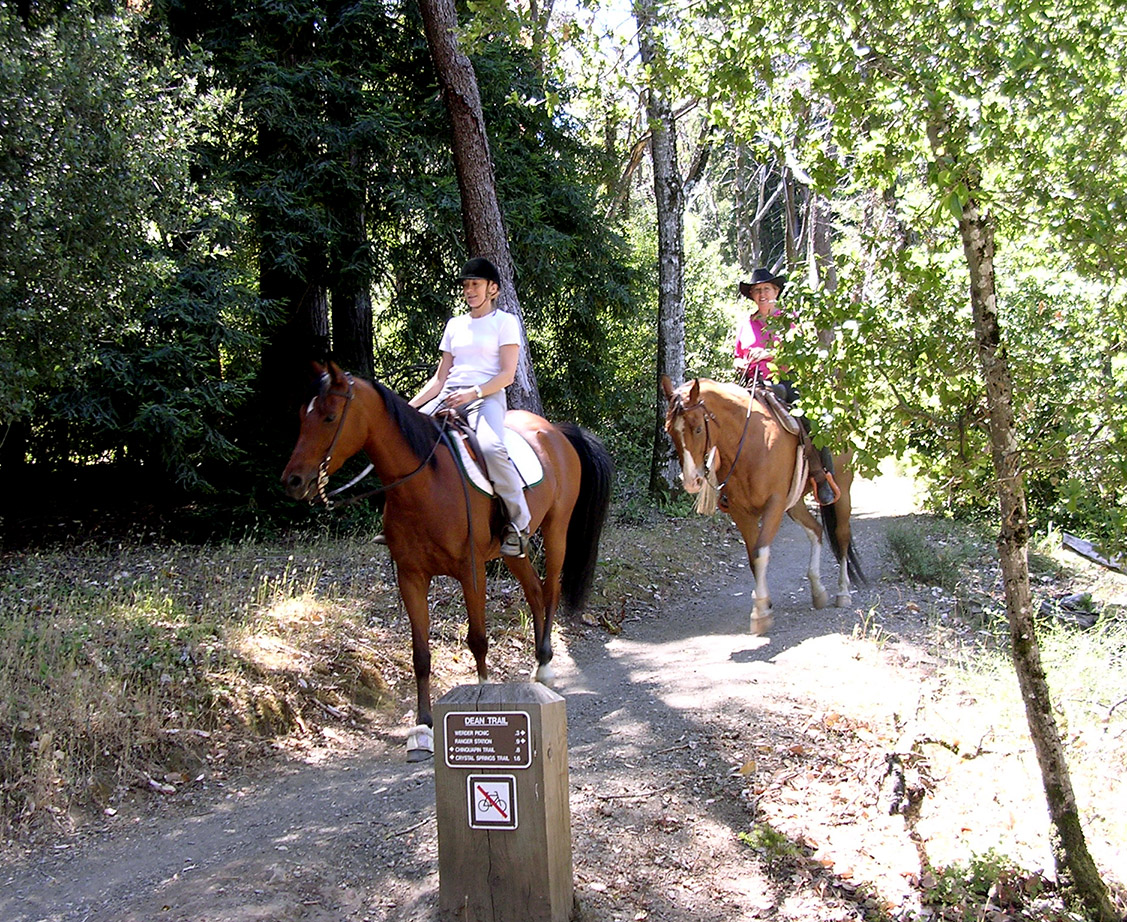
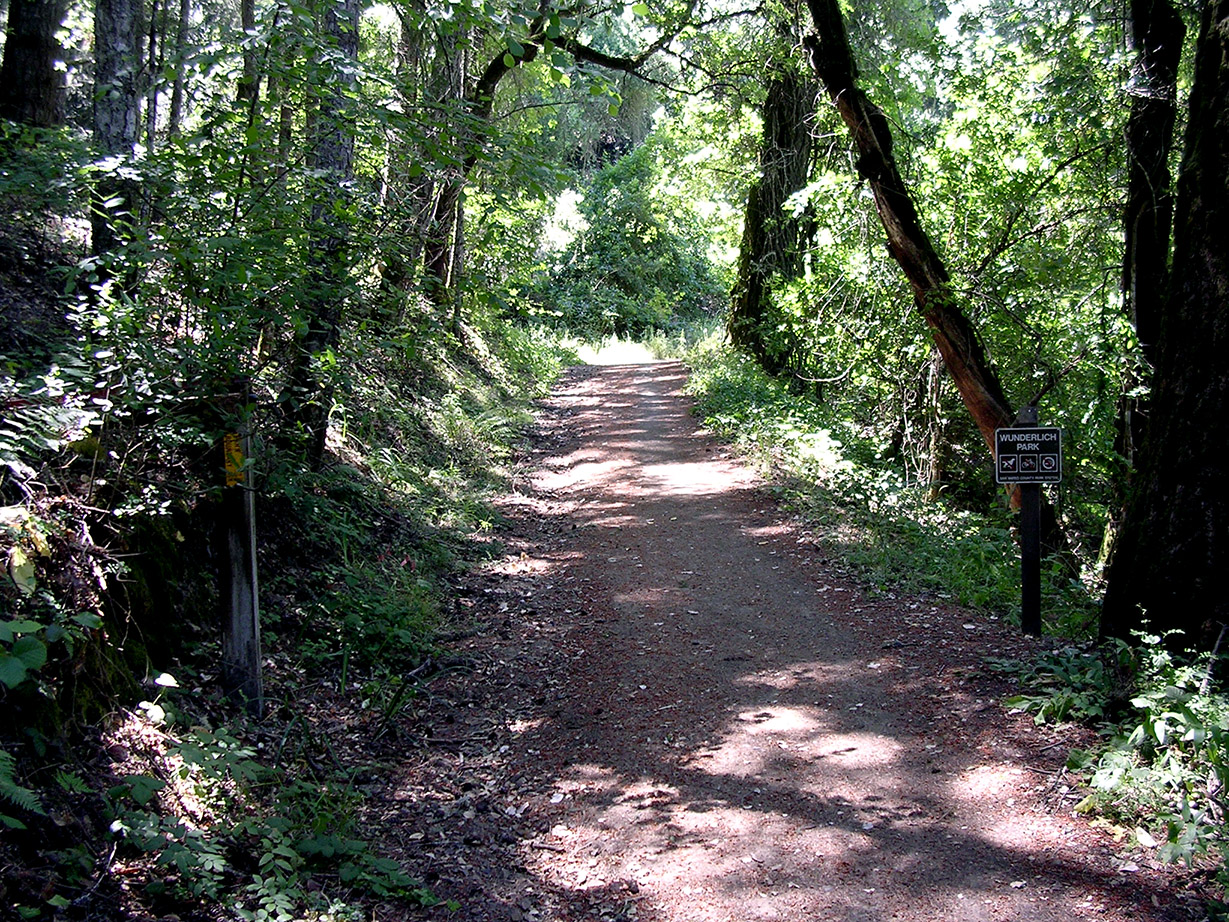
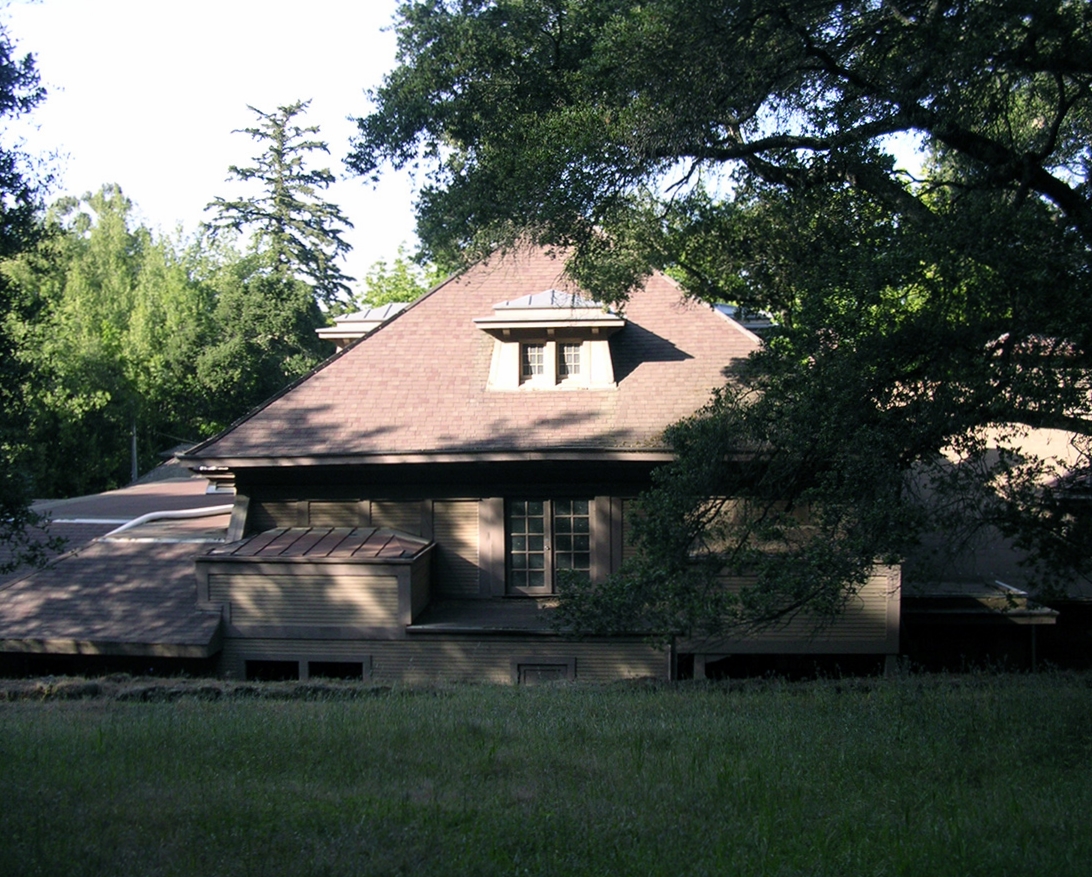
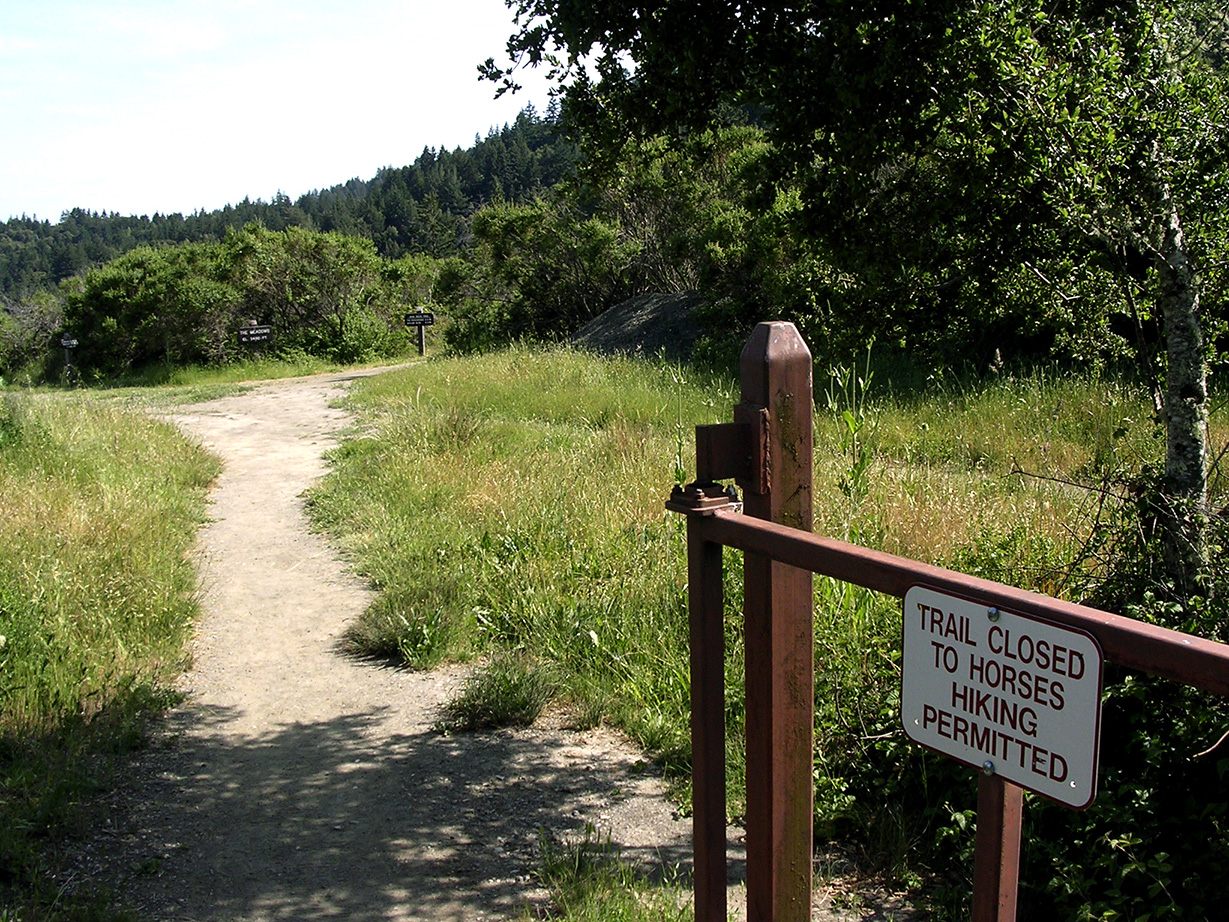
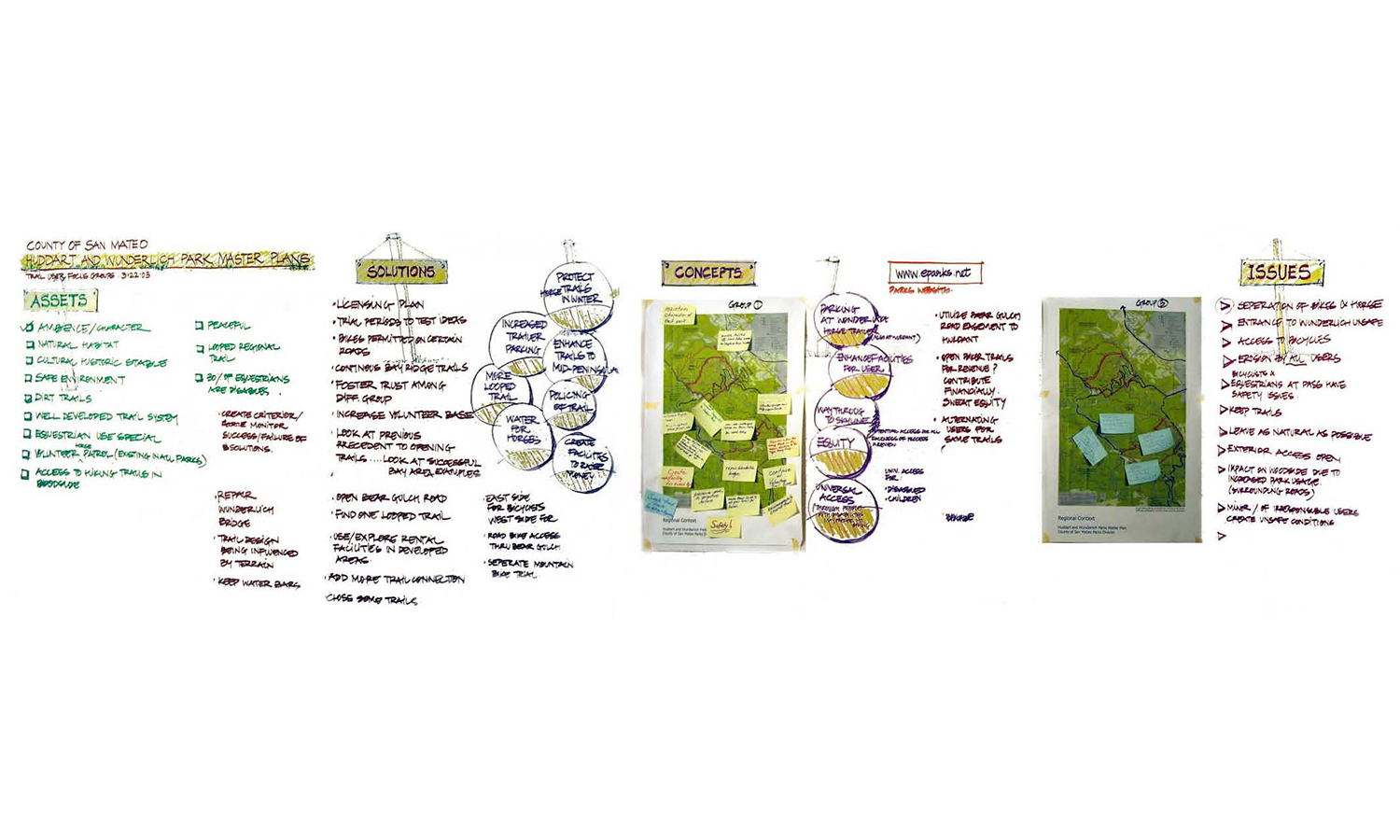

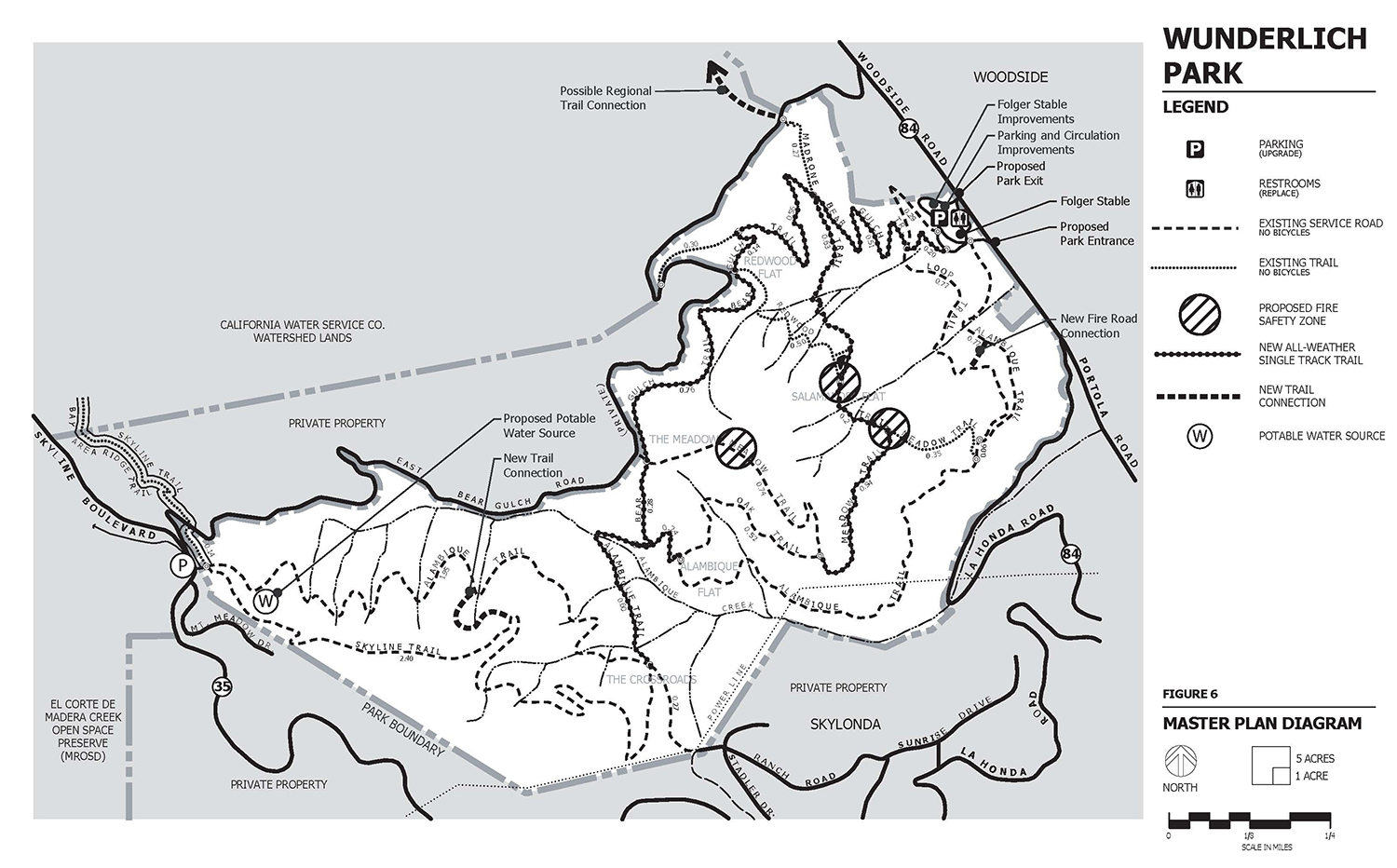
HUDDART AND WUNDERLICH PARKS MASTER PLAN
SAN MATEO COUNTY, CA
Client: County of San Mateo
Harris Design led a multi-disciplinary team to prepare this long range master plan for two 1,000-acre regional parks in the Woodside area of San Mateo County. The plan addresses a wide range of resource and visitor management issues including trails, visitor day use, equestrian stables, fisheries, erosion and sediment control, wildland fire hazard, signage, and vehicular and pedestrian circulation. Harris Design was responsible for stakeholder and agency outreach, contacting over 30 individual stakeholder representatives, and facilitating several public and special interest group workshops.
Controversy over an existing “no off-road bikes in County Parks” policy threatened to derail the planning process. After a thorough public involvement process, a special trails user workshop, and an alternatives analysis, the County is now working with neighboring agencies and interest groups to develop solutions for opening additional areas to mountain biking. This solution was met with approval of the bicycling, hiking, and equestrian community, who had been at odds during the process. Other plan components included an analysis and recommendations for site improvements at the historic Folger Stables, an equestrian facility constructed during the land baron era in the late 1800’s. A schematic design proposed improved vehicular parking and circulation, horse keeping and erosion control measures, and rearrangement of site elements to preserve the site and curtail environmental damage.
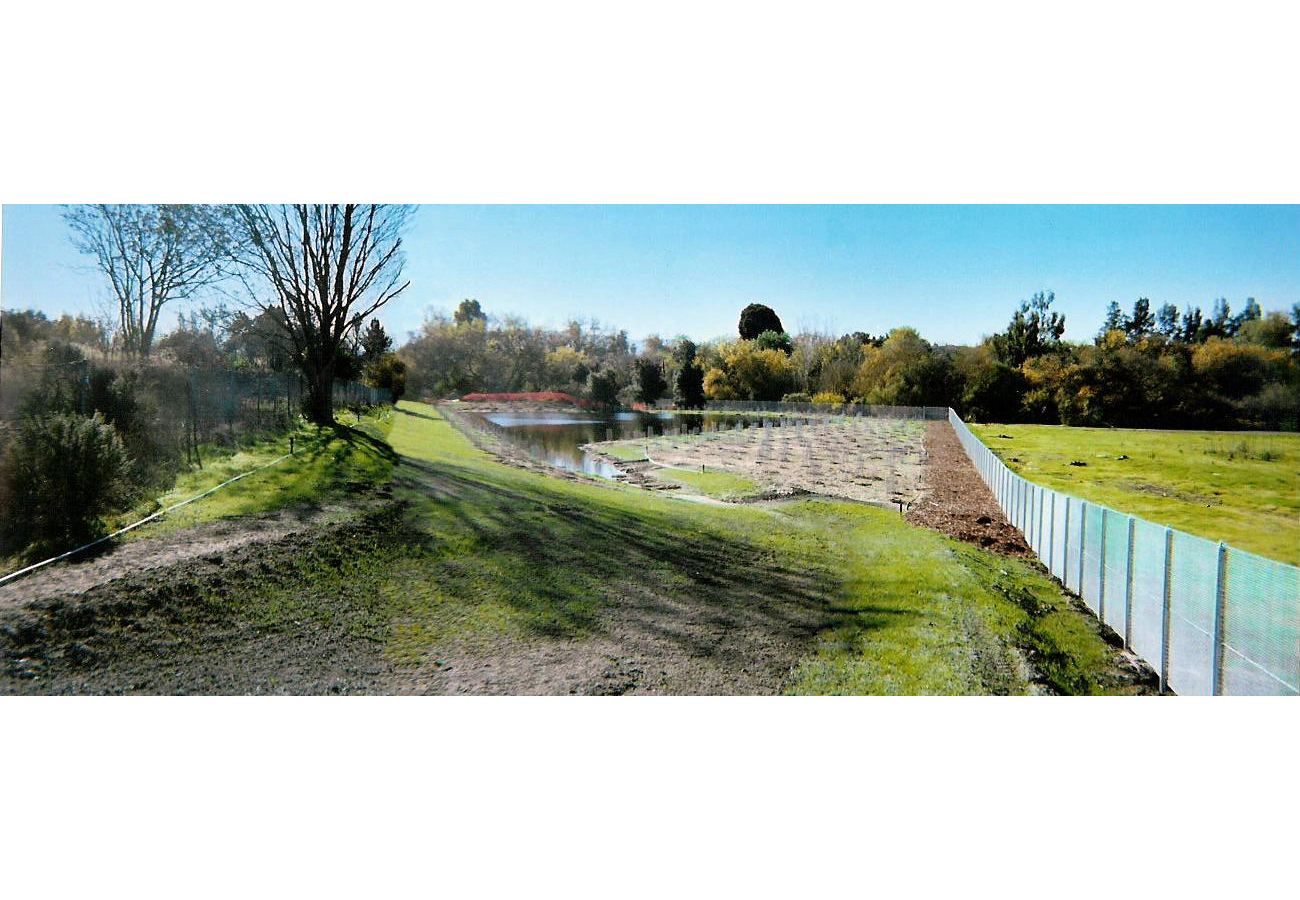
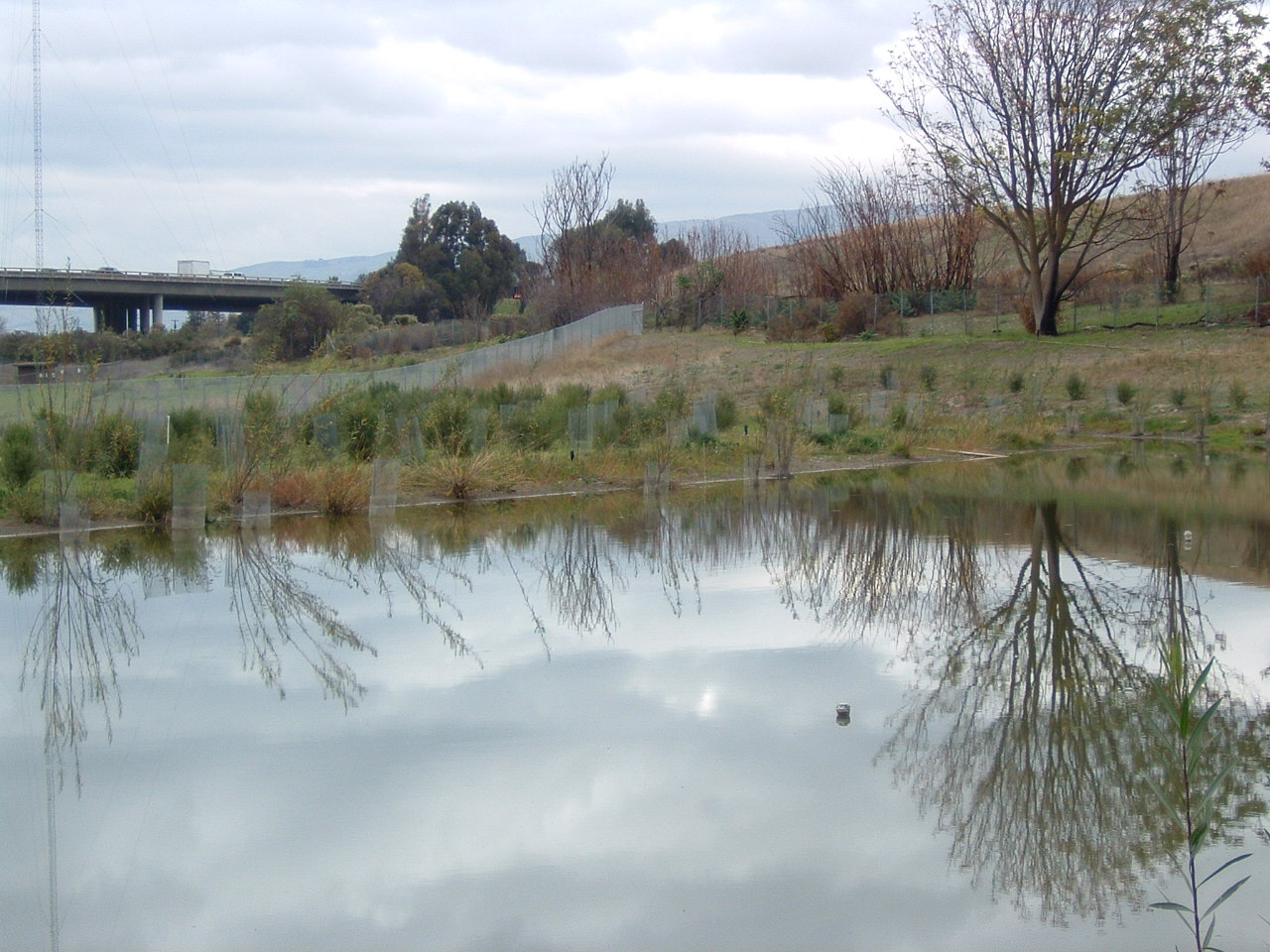
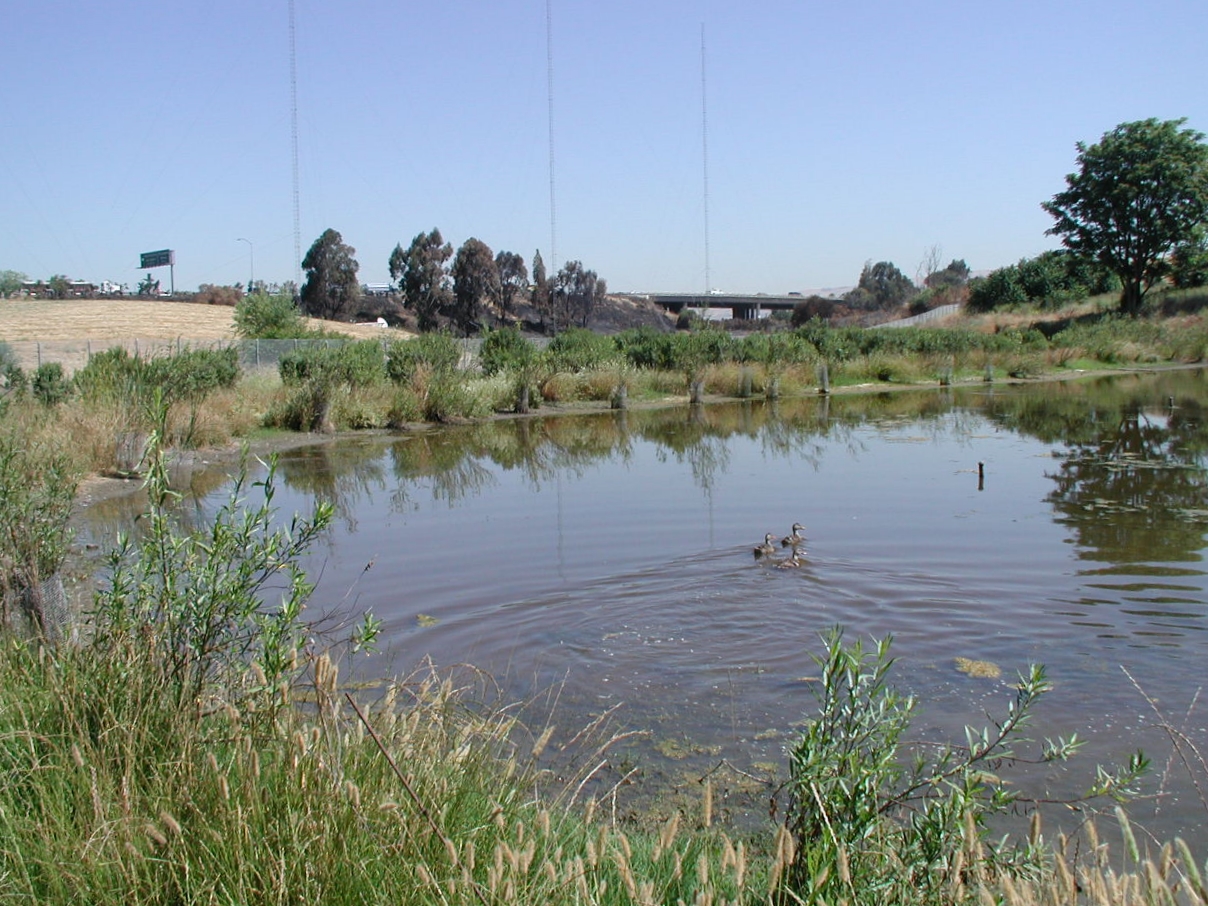
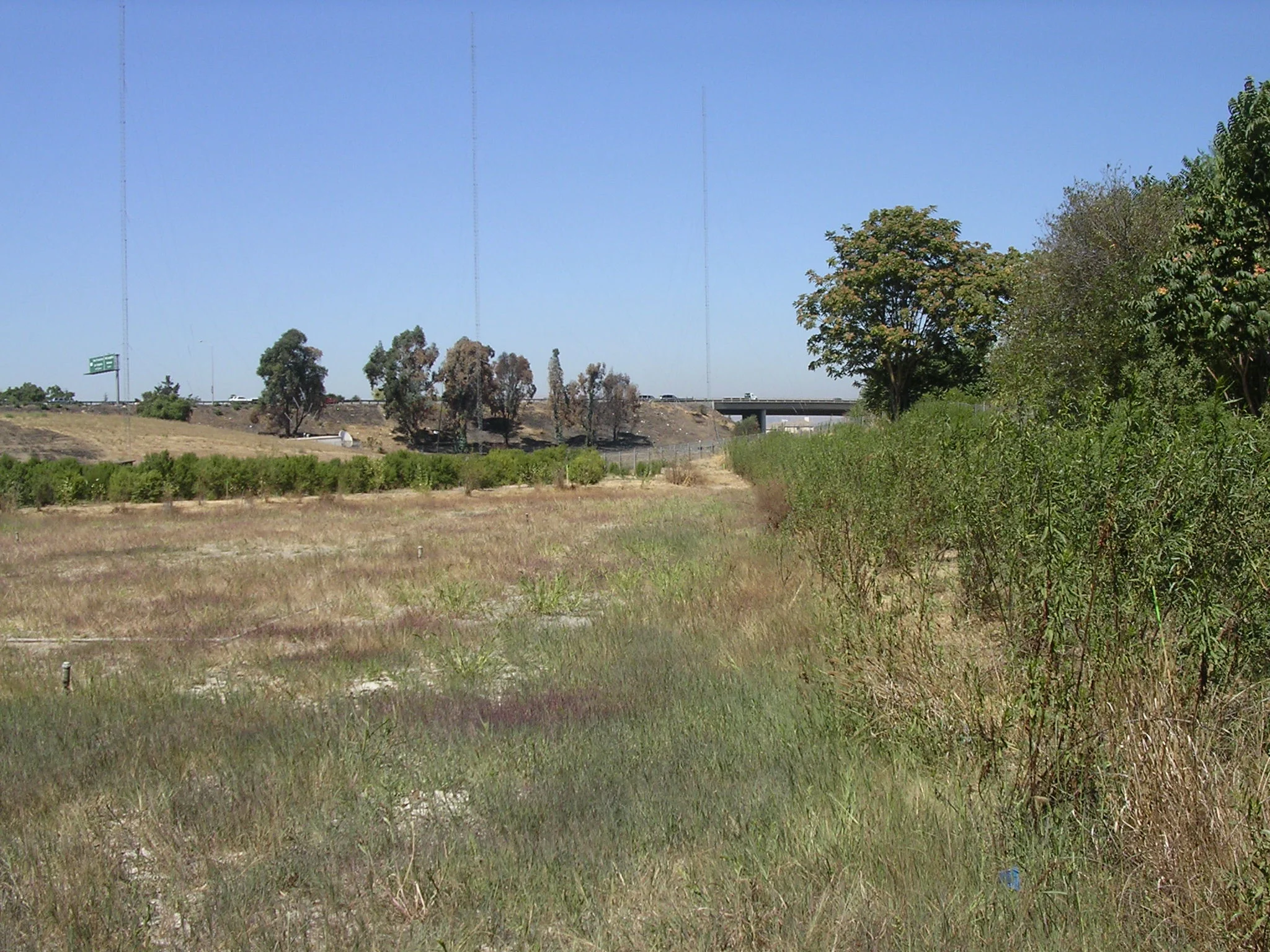
STORY ROAD MITIGATION PROJECT
SAN JOSE, CA
Client: City of San Jose
Harris Design managed a multi-disciplinary team of consultants to design this fresh water mitigation project. One-third acre of new wetland and three-quarter acre of new riparian woodland habitat were successfully established in an upland area adjacent to Coyote Creek. The newly-created wetland and riparian habitat were requirements of Army Corps permits for two City bridge-widening projects. Native species planted included spikerush, rush, live oak, cottonwood, and willow. The freshwater wetlands were designed to function as a vernal pond, in which water is present during the wet months only. The pond was constructed with a clay liner, and 10:1 slopes leading down to a maximum water depth of one foot. Harris Design continues to be involved with the mitigation monitoring of the site.
